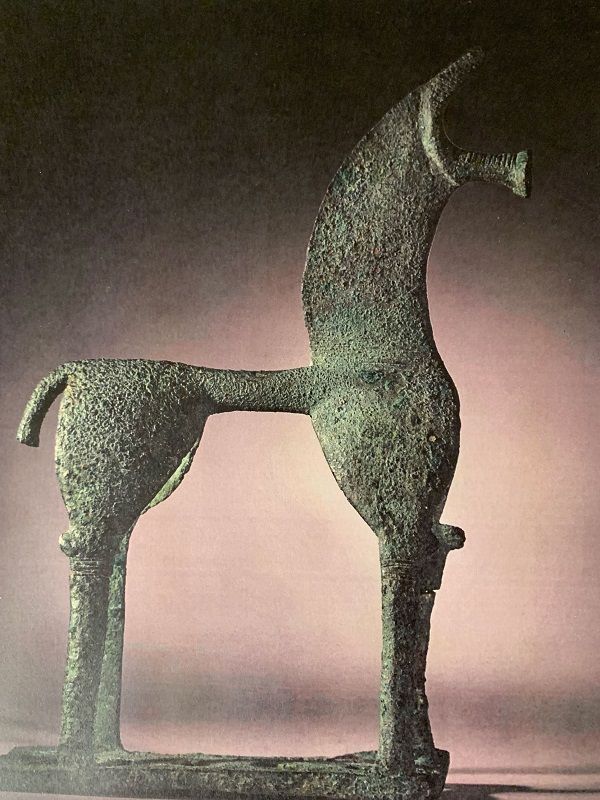On the day of the Hene kai Nea, or sometimes (like this month), the day after, I post a monthly update about things that happened on the blog and in projects and organizations related to it. I will also announce Elaion's coming PAT rituals.
Statistics:
- A little over 1.447.000 views right now!
- 20.000 of those hits happened in the last month
- The top five most popular posts were: The three types of souls of Aristotle (2598), PBP: Symbols of Hellenismos (340), The most sacred place for Hellenic Polytheists (162), Ancient tablets may reveal what destroyed Minoan civilization (141), and PAT ritual announcement: The Eleusinian Greater Mysteries (128).
PAT rituals for Pyanepsion:
- 6 Pyanepsion - 5 October 2018 - Proerosia - agricultural festival for Demeter held at Eleusis
- 7 Pyanepsion - 6 October 2018 - Pyanepsia - festival in honor of Apollon and Theseus
- 8 Pyanepsion - 7 October 2018 - Oskhophoria - festival of the vintage (grapes)
- 8 Pyanepsion - 7 October 2018 - Theseia - festival in honor of Theseus
- 9 Pyanepsion - 8 October 2018 - Stenia - women's festival in honor of Demeter and Persephone
- 11-13 Pyanepsion - 12-12 October 2018 - Thesmophoria - festival in honor of Demeter
- 14 Pyanepsion - 13 October 2018 - Sacrifice to The Heroines at Erkhia
- 16 Pyanepsion - 15 October 2018 - Apatouria - paternity festival. The first day (Dorpia) was celebrated with a communal feast within the brotherhood, the second day ('Anarrhusis') sacrifice were made to Zeus Phratrios and Athena Phratria, and the third day ('Koureotis') young boys admitted to their father's brotherhood.
- 30 Pyanepsion - 28 October 2018 - The Khalkeia - festival in honor of Athena and Hephaestus.
Anything else?
Are you looking for an online shop to buy incenses and other Hellenistic basics from? Try The Hellenic Handmaid on Etsy.
Would you like to support me? Buy me a coffee.





